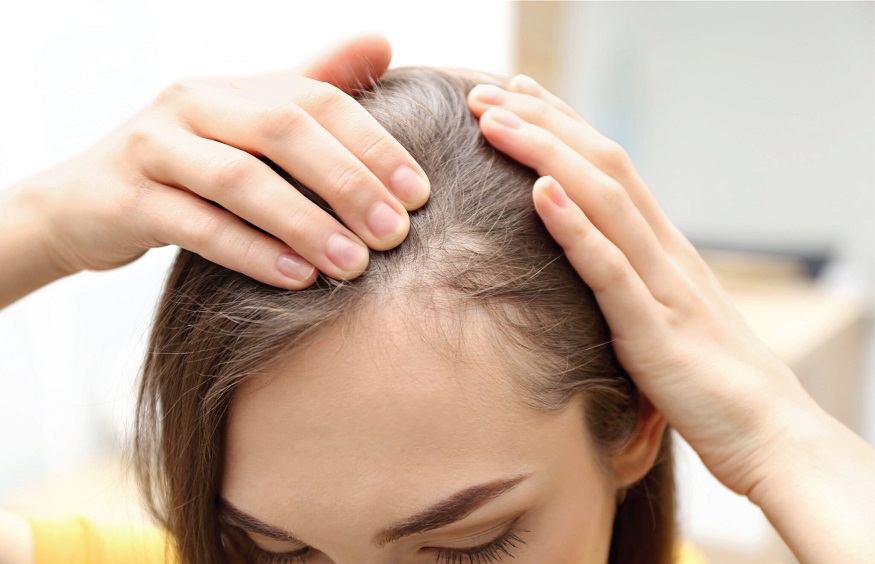Hair loss can be distressing. Genetics often plays a big role in this process. Some people notice thinning hair early in life, while others maintain thick hair into old age. Understanding genetics helps in knowing why hair loss occurs and how to address it. Advances in science offer hope for restoration. While many seek treatments like dermal fillers orange county for other concerns, hair restoration remains a separate and significant area of focus. Let’s explore the genetic factors at play and the options available for those affected by hair loss.
Understanding Hair Loss and Genetics
Hair loss is a common issue. It’s largely influenced by genetics. Known as androgenetic alopecia, hereditary hair loss affects millions. This type of hair loss is more common in men, but women can experience it too. It typically leads to gradual thinning of hair on the scalp.
The Science Behind Genetic Hair Loss
The genetic predisposition to hair loss often relates to the androgen receptor gene, which plays a role in hair follicle sensitivity to hormones. This sensitivity can lead to shorter hair growth cycles and thinner hair strands. It’s important to note that while genetics are a major factor, other elements like stress and diet can also contribute.
Comparing Genetic and Non-Genetic Hair Loss
| Aspect | Genetic Hair Loss | Non-Genetic Hair Loss |
| Cause | Inherited genes | Stress, diet, illness |
| Pattern | Predictable thinning | Varied patterns |
| Treatment | Medications, surgery | Address underlying issues |
Options for Hair Restoration
Genetic hair loss can be challenging, but there are options available. Treatments focus on slowing hair loss and encouraging regrowth. Here are three main approaches:
- Medications: There are FDA-approved medications like Minoxidil and Finasteride that can help. Minoxidil is a topical treatment that stimulates hair growth, while Finasteride is a pill that reduces hormone levels responsible for hair loss.
- Hair Transplants: This surgical option involves moving hair follicles from a dense area to a thinning or bald spot. It’s often considered for those with more advanced hair loss.
- Low-Level Laser Therapy (LLLT): This is a non-invasive treatment that uses lasers to stimulate hair growth. It’s considered safe and can be used alongside other treatments.
For more information on hair loss and its treatment, the National Institute of Arthritis and Musculoskeletal and Skin Diseases provides valuable resources.
The Future of Hair Restoration
Research on hair loss is ongoing. Genetic studies continue to uncover new information. New treatments are being developed that are more effective and less invasive. Understanding the genetic components of hair loss can lead to personalized treatments tailored to individual needs.
Educational institutions like Genetics Home Reference offer insights into how genetics influence hair loss. These resources help demystify the condition and offer hope for those seeking restoration.
Conclusion
Hair loss, while common, can be managed. Understanding the genetic factors involved is crucial. With the right information and resources, addressing hair loss becomes less daunting. By staying informed about the latest advancements, one can find effective ways to combat this issue.



